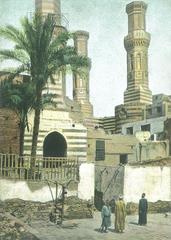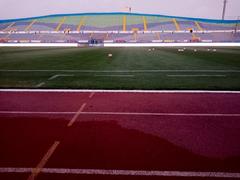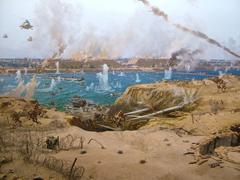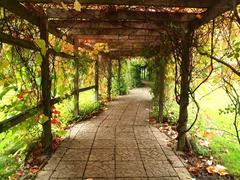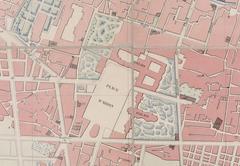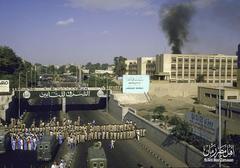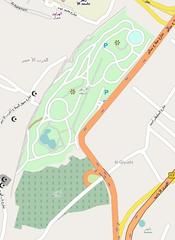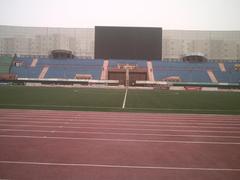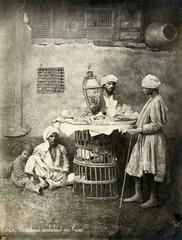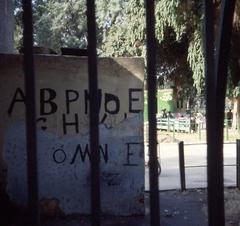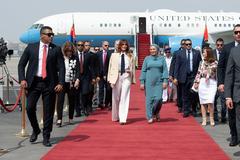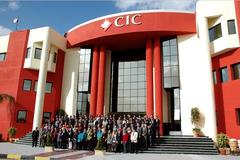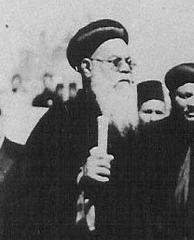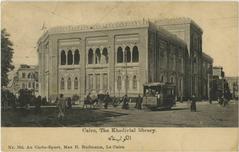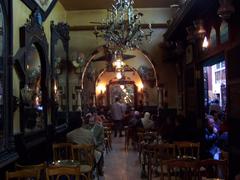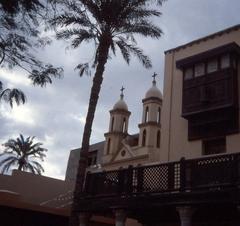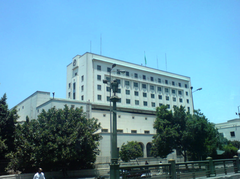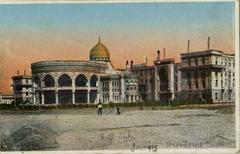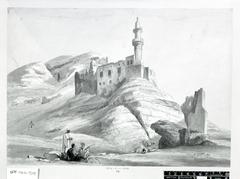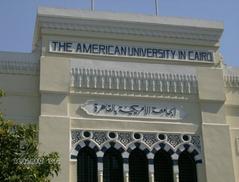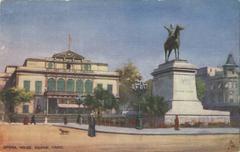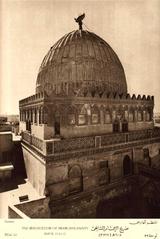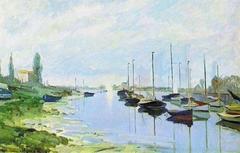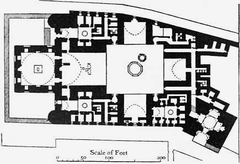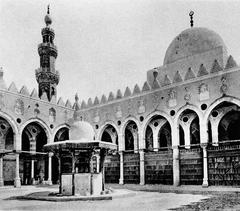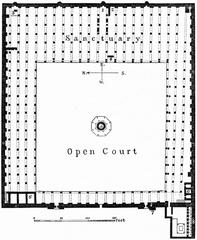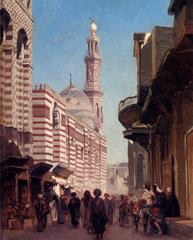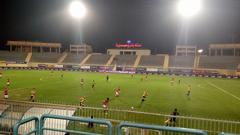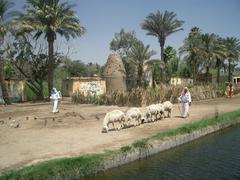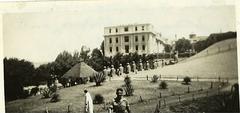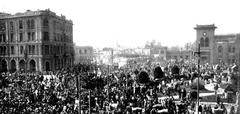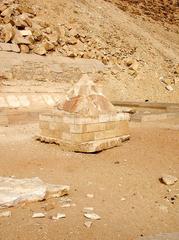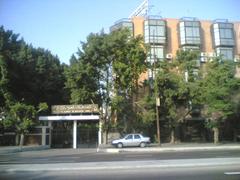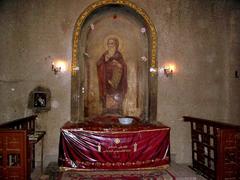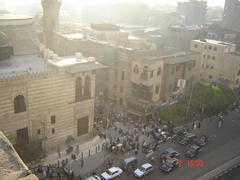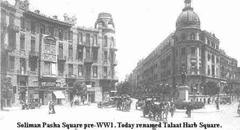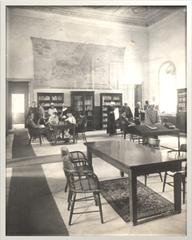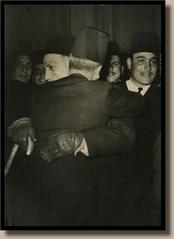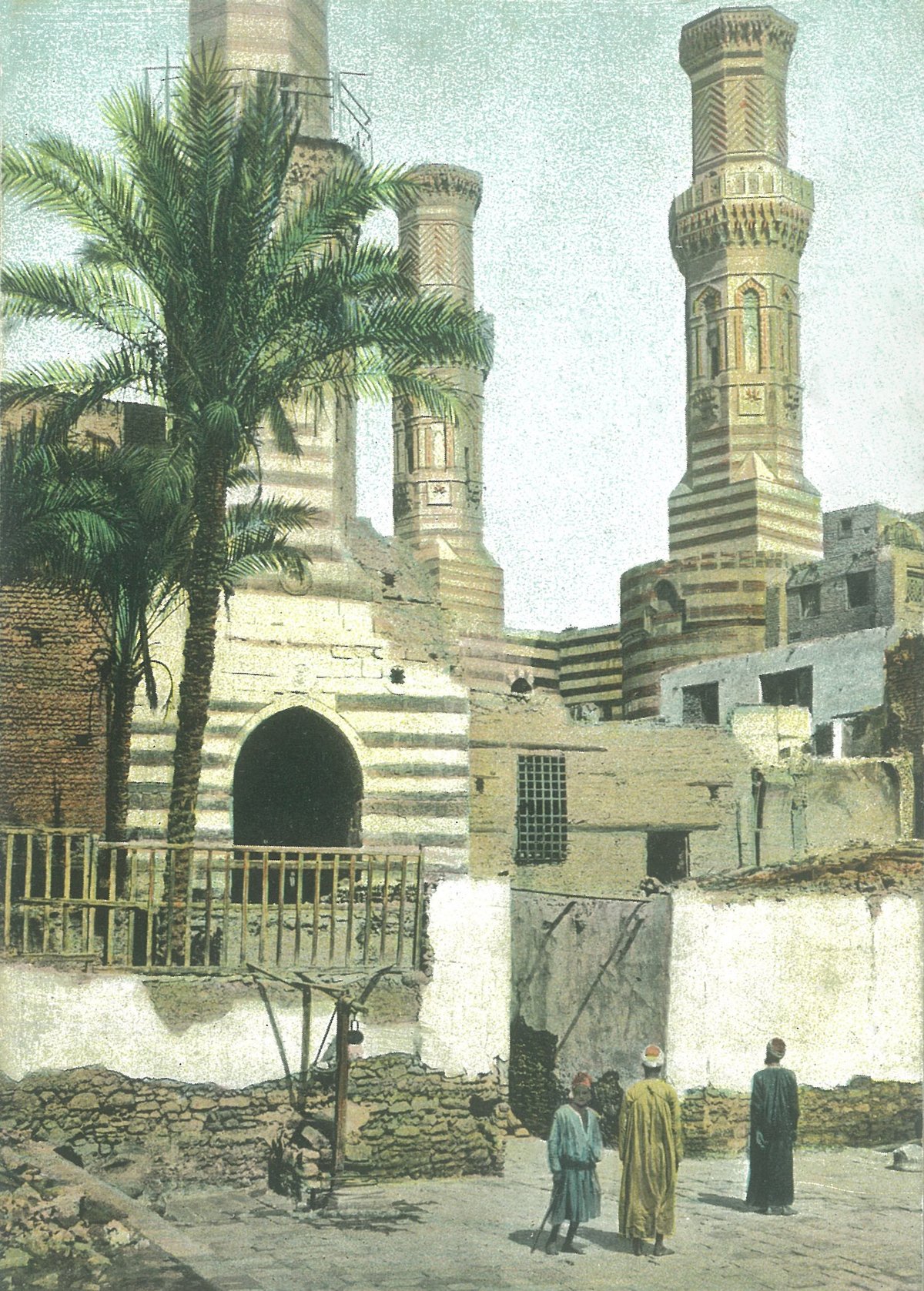
Al-Salih Tala’i Mosque: Visiting Hours, Tickets, and Historical Significance in Cairo
Date: 14/06/2025
Introduction
Located just outside the iconic Bab Zuweila gate in Cairo, Egypt, the Al-Salih Tala’i Mosque is a remarkable monument of Fatimid-era Islamic architecture and heritage. Built in 1160 CE by Vizier Tala’i ibn Ruzzik during the reign of Caliph Al-Fa’iz bi-Nasr Allah, the mosque is both a spiritual center and a symbol of Fatimid political authority. Its distinctive architectural features, historical importance, and ongoing role in Cairo’s religious and social life make it a must-see destination for visitors seeking to explore Egypt’s Islamic legacy (Archnet, Islamic Art Network).
This guide offers essential visitor information, including opening hours, ticketing, accessibility, and travel tips, as well as a comprehensive look at the mosque’s history, architectural innovations, and preservation efforts. Whether you’re a history enthusiast, architecture lover, or cultural traveler, Al-Salih Tala’i Mosque presents a unique opportunity to experience the grandeur and depth of Cairo’s Fatimid heritage (UNESCO World Heritage Centre).
Table of Contents
- Foundation and Patronage
- Architectural Features and Innovations
- Historical Context and Urban Significance
- Visiting Information: Hours, Tickets, and Access
- Special Events, Guided Tours, and Photographic Spots
- Restoration and Preservation
- Role in Fatimid Religious and Social Life
- Influence on Later Islamic Architecture
- Frequently Asked Questions (FAQ)
- Visual and Media Suggestions
- Conclusion and Call to Action
- References and Further Reading
Foundation and Patronage
Commissioned in 1160 CE by the influential vizier Tala’i ibn Ruzzik, the Al-Salih Tala’i Mosque was built during a period of heightened Fatimid political and religious activity. Situated just outside Bab Zuweila, one of Cairo’s primary southern gates, the mosque was intended to reinforce the Fatimid presence and provide a monumental space for worship and community life. Tala’i ibn Ruzzik initially designed the mosque as a shrine for the head of Husayn ibn Ali, the Prophet Muhammad’s grandson, before this relic was relocated to the nearby Al-Hussein Mosque (Archnet, Islamic Art Network).
Architectural Features and Innovations
Al-Salih Tala’i Mosque is celebrated for its unique blend of Fatimid traditions and architectural innovations that influenced subsequent Egyptian mosque designs.
Portico and Mashrabiya
The most striking exterior feature is the raised portico (riwaq) that runs along the mosque’s façade, facing the street. Pointed arches supported by slender columns create a dramatic arcade, while the addition of a wooden mashrabiya (latticework screen) during the Ottoman era offers both shade and privacy (Discover Islamic Art).
Minaret and Mihrab
The original minaret was destroyed by the 1303 earthquake and later replaced. The mosque’s mihrab (prayer niche) is adorned with exquisite stucco, marble inlays, and Kufic inscriptions—hallmarks of Fatimid artistry. Geometric patterns decorate the qibla wall, orienting worshippers toward Mecca (Archnet).
Sabil and Mausoleum
A sabil (public fountain) adjacent to the mosque provided water to worshippers and travelers—a common feature in medieval Cairo. The mausoleum of Tala’i ibn Ruzzik was once part of the complex, exemplifying the Fatimid tradition of integrating funerary and religious functions (Islamic Art Network).
Historical Context and Urban Significance
The mosque’s construction coincided with the Fatimid dynasty’s efforts to establish Cairo as a center of Islamic learning and power (Encyclopaedia Britannica). Its position just outside the city walls served both symbolic and practical purposes: it provided a place of worship for growing neighborhoods and asserted Fatimid authority in the area. Its proximity to Bab Zuweila made it a focal point for both religious and social activities (Archnet).
Visiting Information: Hours, Tickets, and Access
Visiting Hours:
- Most sources report the mosque is open daily from 8:00 or 9:00 AM until late afternoon (commonly 5:00 PM).
- Some recent updates specify Saturday to Thursday, 9:00 AM–5:00 PM, with closure on Fridays for prayers.
- Check for changes during religious holidays or special events.
Tickets:
- Entry is generally free, but donations are welcomed to support preservation (Egyptian Ministry of Tourism and Antiquities).
- Some recent sources mention a ticket fee (50 EGP for adults, 25 EGP for students/seniors), but most visitors still report free access. Confirm locally before your visit.
Accessibility:
- The mosque is on a raised platform with steps, which may present challenges for visitors with mobility issues.
- Recent improvements include ramps and handrails; wheelchair users should check ahead.
Getting There:
- The mosque is easily accessible by taxi or public transport, near Bab Zuweila and close to major Cairo landmarks.
Etiquette:
- Dress modestly, remove shoes before entering prayer areas, and avoid visiting during prayer times if you are not participating.
- Photography is allowed (no flash), but avoid disturbing worshippers.
Nearby Attractions:
- Bab Zuweila, Khan El Khalili bazaar, Al-Hussein Mosque, and Al-Azhar Mosque are all within walking distance.
Special Events, Guided Tours, and Photographic Spots
Al-Salih Tala’i Mosque hosts religious festivals and cultural events, especially during Ramadan and other Islamic holidays. Guided tours are available from local operators and provide detailed insights into its architecture and history.
For photography, the portico’s pointed arches and mashrabiya, the richly decorated mihrab, and the sabil are standout features. Early mornings and late afternoons provide the best natural light.
Restoration and Preservation
Over centuries, the mosque has faced numerous challenges: earthquakes, environmental damage, urban encroachment, and periods of neglect. It has undergone multiple restoration campaigns, beginning in the Mamluk period and continuing into the modern era (Archnet). Notable efforts include:
- 20th-century stabilization and restoration of foundations, stucco, and woodwork (Comité de Conservation).
- Late 20th and early 21st-century projects addressing groundwater, pollution, and structural damage (UNESCO World Heritage Centre).
- Recent conservation includes advanced monitoring, digital documentation, and community engagement (Aga Khan Trust for Culture).
Ongoing maintenance is a collaborative effort involving local authorities, international organizations, and the local community (UNESCO).
Role in Fatimid Religious and Social Life
The mosque functioned as a religious, educational, and social hub. It hosted Friday prayers, community events, and was closely associated with the shrine of Husayn ibn Ali, attracting pilgrims and scholars. Charitable activities, such as the sabil, reflected the Fatimid emphasis on public welfare (Islamic Art Network).
Influence on Later Islamic Architecture
Al-Salih Tala’i Mosque set architectural standards for later Mamluk and Ottoman mosques in Cairo. Its stone construction, street-facing portico, integration of funerary spaces, and elaborate stucco and Kufic decoration became influential templates for mosque design (Discover Islamic Art, Archnet).
Frequently Asked Questions (FAQ)
Q: What are the opening hours of Al-Salih Tala’i Mosque?
A: Typically open daily from 8:00 or 9:00 AM to 5:00 PM; some sources specify Saturday–Thursday, closed Fridays.
Q: Is there an entrance fee?
A: Entry is generally free; some sources mention a ticket fee (50 EGP adults, 25 EGP students/seniors)—confirm before visiting.
Q: Can I take photographs?
A: Yes, without flash. Be respectful during prayer times.
Q: Is the mosque accessible for visitors with disabilities?
A: There are ramps and handrails, but the raised platform may limit full accessibility.
Q: Are guided tours available?
A: Yes, through local tour operators and Cairo historical site itineraries.
Visual and Media Suggestions
Include high-quality images of the mosque’s façade, portico, minaret, mihrab, and sabil. Use alt tags like “Al-Salih Tala’i Mosque visiting hours,” “Cairo historical sites,” and “Fatimid mosque architecture.” Consider embedding virtual tours or interactive maps to guide visitors (CyArk).
Conclusion and Call to Action
Al-Salih Tala’i Mosque stands as a living testament to the grandeur of Fatimid Cairo, combining spiritual significance with architectural brilliance and vibrant community life. Its ongoing preservation ensures that future generations can continue to appreciate its historical and cultural value.
To explore deeper, download the Audiala app for guided tours, visitor updates, and exclusive content on Cairo’s historical sites. Stay connected through our social media channels for news, events, and insider tips.
Plan your visit to this treasured heritage landmark and experience the profound legacy of Islamic Cairo.
References and Further Reading
- Archnet: Al-Salih Tala’i Mosque
- Islamic Art Network: Al-Salih Tala’i Mosque
- Discover Islamic Art: Al-Salih Tala’i Mosque
- Encyclopaedia Britannica: Cairo
- UNESCO World Heritage Centre: Historic Cairo
- Egyptian Ministry of Tourism and Antiquities: Al-Salih Tala’i Mosque
- UNESCO: Egyptian Heritage Sites Restoration
- Aga Khan Trust for Culture: Cairo Historic Cities Support Programme
- CyArk: Al-Salih Tala’i Mosque
- Comité de Conservation des Monuments de l’Art Arabe
